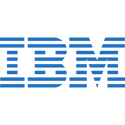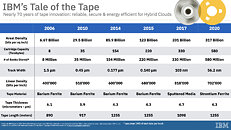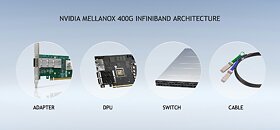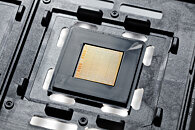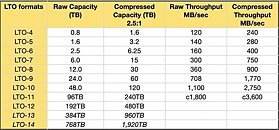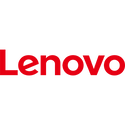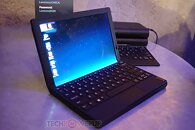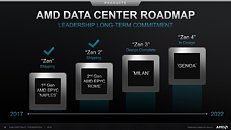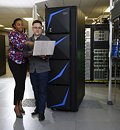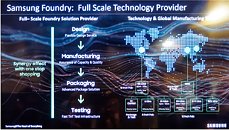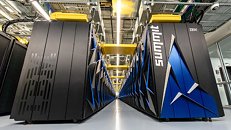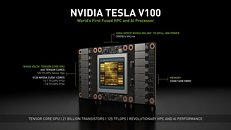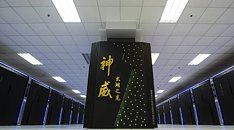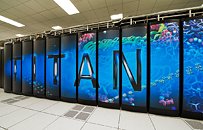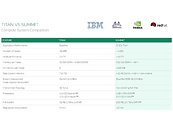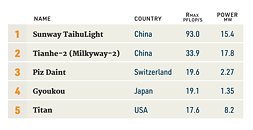Commodore 64 Modded To Mine Bitcoin
We saw the modified Nintendo Game Boy last month which could crank out Bitcoins at a blistering 0.8 hashes per second or ~125 trillion times slower than a modern Bitcoin ASIC miner. If you are searching for something a bit more modest than the Game Boy take a look at the Commodore 64 which has been modded to achieve a Bitcoin mining rate of 0.3 hashes per second. The Commodore 64 was released by IBM in 1982 featuring the MOS Technology 6510 processor clocked at 1.023 MHz and paired with 64 KB RAM and 20 KB ROM.
While the Commodore currently falls behind the Game Boy there is hope on the horizon with the creator of the program claiming a 10x performance improvement to over 3 hashes per second is possible by re-writing the code in machine language. The commodore 64 can be further upgraded with the SuperCPU upgrade which boosts mining speeds to over 60 hashes per second completely destroying the Game Boy but still falling just short of the latest ASIC miners at ~18,000,000,000,000 hashes per second. Obviously, this demonstration was not meant as a practical application but it is interesting to see how cryptocurrency mining can be implemented on older hardware and the amazing rate of technological advancement we have seen over the last 40 years.
While the Commodore currently falls behind the Game Boy there is hope on the horizon with the creator of the program claiming a 10x performance improvement to over 3 hashes per second is possible by re-writing the code in machine language. The commodore 64 can be further upgraded with the SuperCPU upgrade which boosts mining speeds to over 60 hashes per second completely destroying the Game Boy but still falling just short of the latest ASIC miners at ~18,000,000,000,000 hashes per second. Obviously, this demonstration was not meant as a practical application but it is interesting to see how cryptocurrency mining can be implemented on older hardware and the amazing rate of technological advancement we have seen over the last 40 years.


